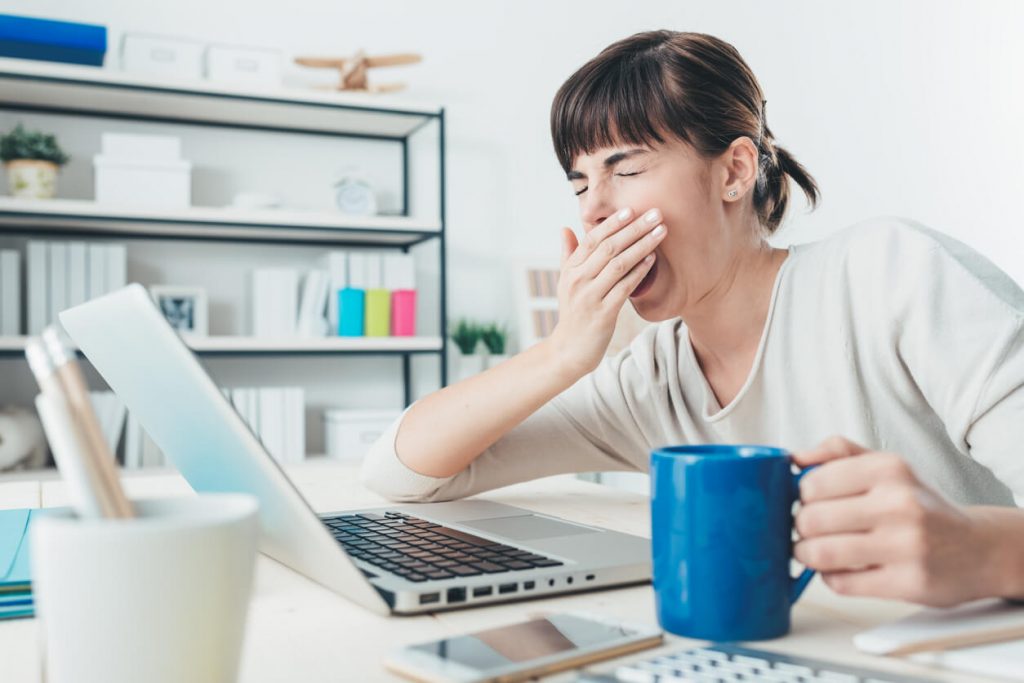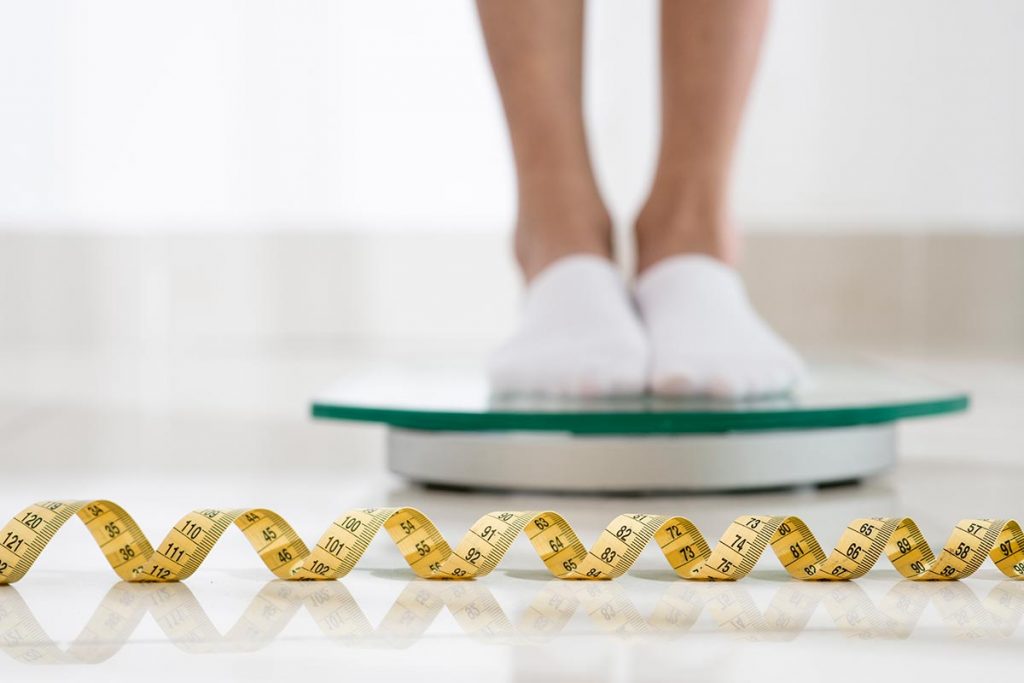Table of Contents
People regularly experience acute pain, with approximately 80% of U.S. adults reporting pain and receiving medicine as part of a treatment plan. Usually, acute pain is caused by something specific, like an injury, and eventually subsides as recovery occurs. However, acute pain can become chronic pain, especially when there is a relationship between lifestyle habits and chronic pain.
Some everyday habits cause pain, and often, the connection is not made. The individual continues to use poor posture while sitting for long periods, does not drink enough water to stay hydrated or gets little exercise. Changing the daily habits that hurt your health improves the quality of life physically, emotionally and mentally.
Lifestyle Factors That Can Lead to Pain
Lifestyle factors can cause acute pain and perpetuate chronic pain. Sometimes, it is a lack of awareness that these factors contribute to pain. The neck hurts at the end of the work day, even though nothing heavy was lifted, or the back hurts every morning for no apparent reason. Previously, we discussed harmful habits that cause back pain, and now we’ll take a look at the lifestyle factors that contribute to this issue. The following are 10 common causes of body pain that are controllable.
1. Poor posture
Posture is so vital to maintaining an aligned musculoskeletal system. There is static posture, referring to posture when sitting, walking or standing. Dynamic posture is the posture maintained when moving. Slouching is common, whether sitting at a desk or walking with the head down to look at a smartphone screen. Poor posture is one of the top habits that trigger back pain. Pain from bad posture is common because poor posture can strain muscles, cause spinal disc issues and put pressure on joints. Poor posture has been linked to chronic low back pain.
2. Low sleep quality
Quality sleep is essential for a healthy back. Poor sleep posture can exert excessive pressure on the spine, leading to muscle and ligament misalignment. It can also disrupt sleep when the position becomes painful. Maintaining the natural curves of the spine is crucial for a healthy back. The best positions are side sleeping with a pillow between the knees and back sleeping with a pillow under the knees. These positions promote spinal alignment and reduce pressure on the spine. Lack of sleep is associated with increased pain sensitivity, highlighting the importance of good sleep habits in pain management.

Read the post “How to Fight Chronic Pain Insomnia“
3. Shoes
Shoe choice can lead to pelvic, back, and neck pain in two ways. One study found that two-thirds of people wearing high heels experience lumbar back pain. The high heels change the position of the spinal curve and can cause pain in the neck, back, knees, feet, and ankles. Unsupportive shoes are also associated with back pain. Shoes should have good arches, fit well, and cushion the impact on the spine when walking, standing, jogging, etc. When selecting shoes to wear daily, choose the ones that protect the spine and the body’s alignment.
4. Dehydration
Dehydration causes an electrolyte imbalance, leading to painful muscle cramps as blood flow and thermal regulation are impeded. In addition, being dehydrated reduces joint lubrication and cushioning. Dehydration may cause headaches, increase pain sensitivity and decrease the pain threshold. A good daily habit to develop is drinking enough water each day to stay hydrated.

5. Poor diet
An unhealthy diet promotes inflammation and pain, making it another one of the everyday habits that cause pain. Daily diets high in processed foods like bacon, unhealthy fats in fried foods and refined foods like white bread and cake contribute to inflammation. Inflammation can be systemic, affecting the whole body. Chronic inflammation can lead to chronic pain. A healthy diet consists of fiber, plant-based proteins like nuts and legumes, fruits, vegetables and fish high in omega-3s, like tuna and salmon.
If a daily habit involves poor food choices, pain can develop throughout the body. Inadequate nutrition can cause headaches, shoulder pain, visceral pain from IBS, arm pain, arthritis pain in small joints, back pain, leg pain, joint pain like knee osteoarthritis, and diabetic neuropathy pain.
6. Weight issues
People who maintain an unhealthy weight as a result of daily habits like snacking on high-calorie foods in between meals or not exercising have a higher prevalence of chronic pain than people who maintain a healthy weight. People who are overweight or obese experience an increase in the mechanical stress placed on joints and bones, inflammation and hormonal imbalances. As BMI increases due to lifestyle, the risk of developing a metabolic syndrome increases, which may relate obesity to pain.

Read the post “The Impact of Obesity on Pain, Bone and Joint Health“
7. Low physical activity level
If a daily habit is avoiding exercise, the potential to experience pain increases. A sedentary lifestyle contributes to chronic pain because muscles weaken and stiffen, making movement painful, bone density decreases, which leads to osteoporosis, and pain sensitivity increases. There are potential changes to the functioning of the central nervous system, increasing pain signals while decreasing the release of endorphins, natural pain relievers. Exercise is used for the treatment of people suffering from issues like chronic low back pain, fibromyalgia, and myofascial pain.
8. Daily stress
Stress management is a key aspect of pain management.
Unmanaged daily stress can lead to various pain-related issues when stressed, muscles tense, releasing stress hormones like cortisol, which can increase pain sensitivity.
Stress can cause or exacerbate back, neck, and shoulder pain, worsening the pain associated with chronic conditions. Understanding the impact of stress on pain can motivate an individual to adopt daily stress management techniques for better pain control.
9. Teeth grinding
It is frequently surprising when a dentist asks, “Do you grind your teeth?” It is often done regularly without an individual recognizing it, especially if it happens while sleeping. Teeth grinding (bruxism) can cause headaches, jaw muscle pain, facial pain, and damaged teeth.
10. Device overuse
As people use their smartphones, laptops, and tablets, they look down for long periods, often slouching simultaneously. This posture can lead to ‘text neck syndrome’, one of the significant causes of neck and shoulder pain today. The forward head position increases tension in the neck and upper extremities.

Increase Awareness of Everyday Habits Contributing to Pain
There are many hidden sources of daily pain that people often overlook. Everyone has habits; by definition, they are a pattern of regular practice. Habits are hard to give up for several reasons, but once established, they become automatic behavior. Little thought is put into them. However, increasing awareness of daily habits hurting your health is the first step towards changing behaviors.
Sources
- https://www.vrtx.com/stories/state-pain-america/
- https://pmc.ncbi.nlm.nih.gov/articles/PMC10548303/#sec14
- https://spinehealth.org/article/sleeping-and-the-spine/
- https://pmc.ncbi.nlm.nih.gov/articles/PMC8651554/
- https://pubmed.ncbi.nlm.nih.gov/36800725/
- https://pubmed.ncbi.nlm.nih.gov/28465224/
- https://pmc.ncbi.nlm.nih.gov/articles/PMC1421497/
- https://onlinelibrary.wiley.com/doi/10.1111/psyp.12610
- https://www.henryford.com/blog/2018/05/inflammation-and-your-diet-whats-the-connection
- https://pmc.ncbi.nlm.nih.gov/articles/PMC9571356/#sec3-jcm-11-05950
- https://pmc.ncbi.nlm.nih.gov/articles/PMC4590160/
- https://pmc.ncbi.nlm.nih.gov/articles/PMC5491894/
- https://pmc.ncbi.nlm.nih.gov/articles/PMC6914269/#S7
- https://www.nidcr.nih.gov/health-info/bruxism
- https://pmc.ncbi.nlm.nih.gov/articles/PMC10289365/
